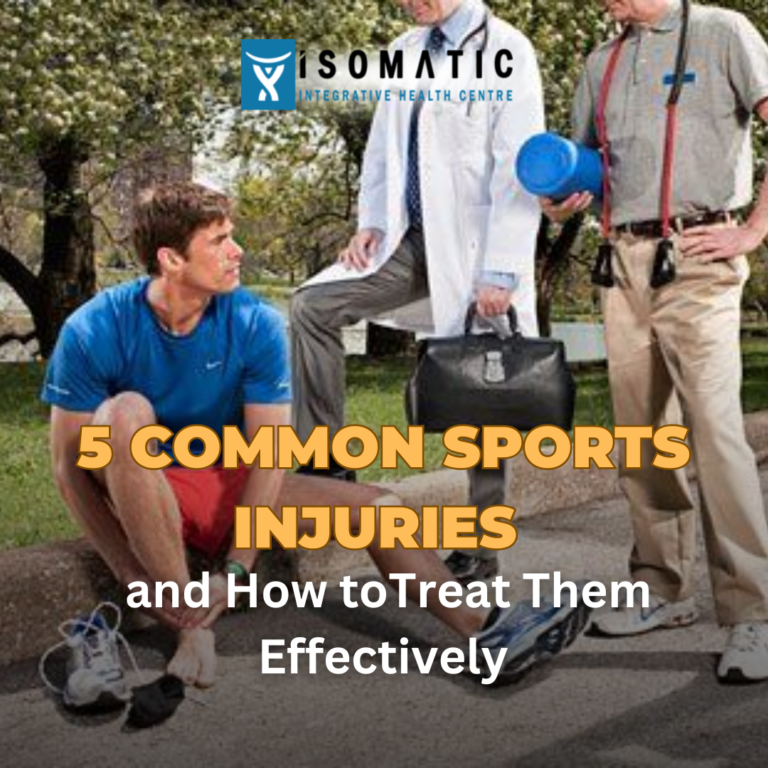
Can Physiotherapy Improve Your Immune System?
Can Physiotherapy Improve Your Immune System? Most people think of physiotherapy as treatment for injuries, pain, or movement limitations—but its benefits extend far beyond rehabilitation.

Playing sports comes with numerous benefits, including improved fitness, mental health, and social interactions. However, sports injuries are an inevitable part of any athletic activity. Whether you’re a professional athlete or a weekend warrior, injuries can disrupt your performance and daily life. Understanding common sports injuries and their treatments is crucial to ensure a quick and effective recovery.
This guide will explore five of the most common sports injuries, their symptoms, treatments, and ways to prevent them. By knowing how to handle injuries properly, athletes can return to their sport stronger and healthier than before.
Sprains and strains are often confused, but they affect different parts of the body.
Knee injuries are among the most common and severe sports-related injuries. Some major types include:
How long does it take to recover from a sports injury?
Should I see a doctor for minor sports injuries?
Can I continue playing sports while injured?
What’s the best way to prevent sports injuries?
Are home remedies effective for treating sports injuries?
Sports injuries are common but preventable with the right precautions. Knowing how to treat them effectively ensures faster recovery and long-term health. Whether it’s a mild sprain or a severe fracture, proper care and rehabilitation are essential for returning to the game stronger than before.

Can Physiotherapy Improve Your Immune System? Most people think of physiotherapy as treatment for injuries, pain, or movement limitations—but its benefits extend far beyond rehabilitation.

Headaches and Tension? Try These Hands-On Osteopathic Solutions Headaches caused by tension can be draining, distracting, and downright frustrating. Whether they come from long hours

Isometric Exercises: Why We Recommend Them in Recovery When you’re healing from an injury, not all exercises are safe—some movements can even set you back.